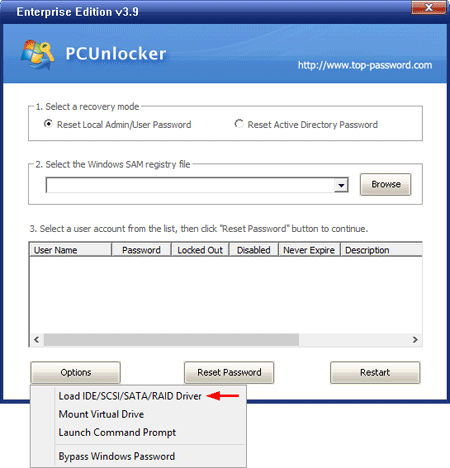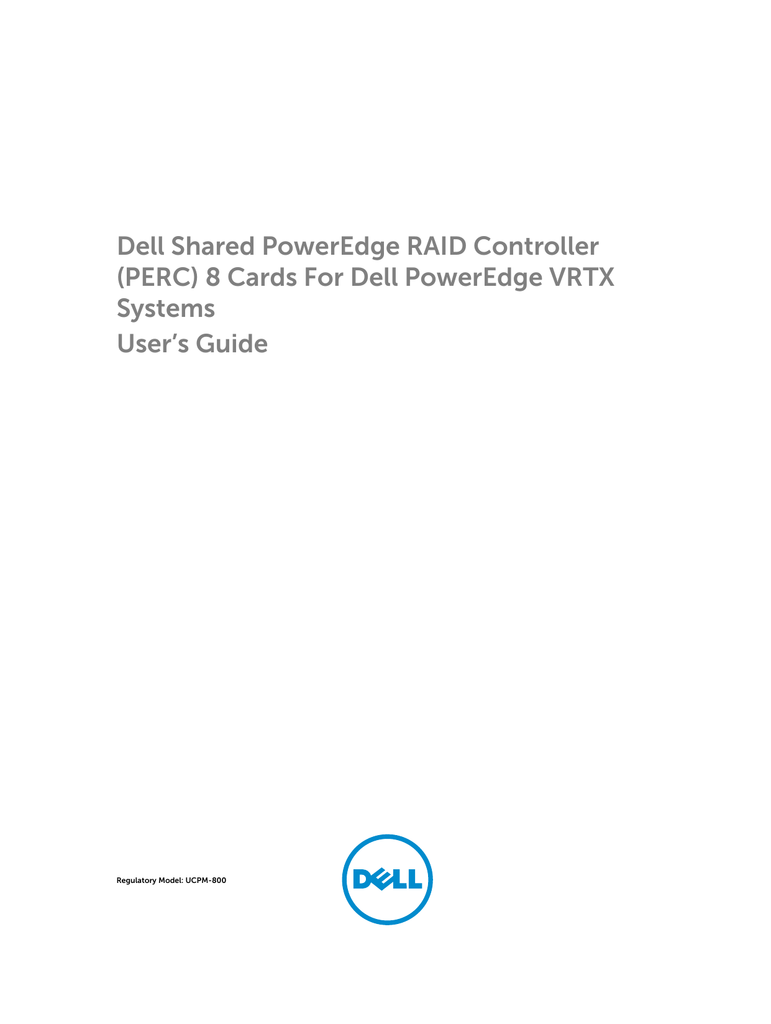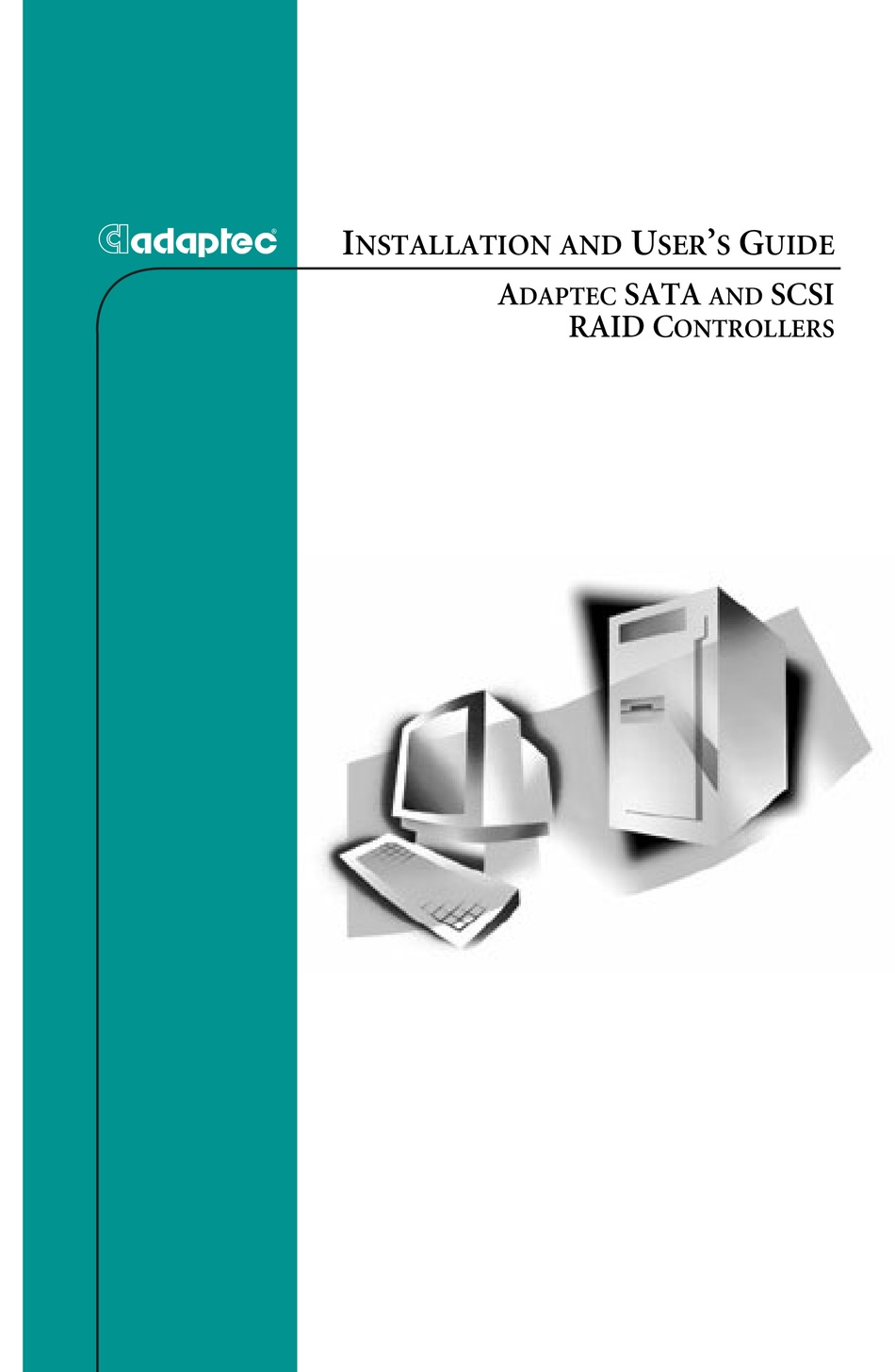CMD SCSI & RAID Devices Driver
SCSI commands are sent in a command descriptor block (CDB), which consists of a one byte operation code (opcode) followed by five or more bytes containing command-specific parameters. Upon receiving and processing the CDB the device will return a status code byte and other information. PATCH 2/2 scsi: add scsi trace core function and put trace points From: Kei Tokunaga Date: Wed Jan 20 2010 - 01:44:46 EST Next message: Stephen Rothwell: 'Re: linux-next: driver-core tree build warning'. A trim command (known as TRIM in the ATA command set, and UNMAP in the SCSI command set) allows an operating system to inform a solid-state drive (SSD) which blocks of data are no longer considered in use and can be wiped internally. Trim was introduced soon after SSDs were introduced. Because low-level operation of SSDs differs significantly from hard drives, the typical way in which.
-->Starting with Windows 10, Version 2004 (OS build 19041.488 or higher), two additional identifiers are available for NVMe storage disk drives which support the STOR_RICH_DEVICE_DESCRIPTION structure:

SCSIt*v(8)p(40)
Where:
Agfeo Gmbh & Co. Kg Network & Wireless Cards Driver download. t* is a device type code of variable length
v(8) is an 8-character vendor identifier
p(40) is a 40-character product identifier
SCSIt*v(8)p(40)r(8)
Where:
t* is a device type code of variable length
v(8) is an 8-character vendor identifier
p(40) is a 40-character product identifier
r(8) is an 8-character revision level value
In versions of Windows prior to Windows 10, Version 2004 (OS build 19041.488 or higher), the device ID format for a small computer system interface (SCSI) device is as follows:

SCSIt*v(8)p(16)r(4)
Where:
t* is a device type code of variable length
v(8) is an 8-character vendor identifier
p(16) is a 16-character product identifier
r(4) is a 4-character revision level value
The bus enumerator determines the device type by indexing an internal string table, using a numerically encoded SCSI device type code, obtained by querying the device, as shown in the following table. The remaining components are just strings returned by the device, but with special characters (including space, comma, and any nonprinting graphic) replaced with an underscore.
The SCSI Port driver currently returns the following device type strings, the first nine of which correspond to standard SCSI type codes.
| SCSI type code | Device type | Generic type | Peripheral ID |
|---|---|---|---|
| DIRECT_ACCESS_DEVICE (0) | Disk | GenDisk | DiskPeripheral |
| SEQUENTIAL_ACCESS_DEVICE (1) | Sequential | TapePeripheral | |
| PRINTER_DEVICE (2) | Printer | GenPrinter | PrinterPeripheral |
| PROCESSOR_DEVICE (3) | Processor | OtherPeripheral | |
| WRITE_ONCE_READ_MULTIPLE_DEVICE (4) | Worm | GenWorm | WormPeripheral |
| READ_ONLY_DIRECT_ACCESS_DEVICE (5) | CdRom | GenCdRom | CdRomPeripheral |
| SCANNER_DEVICE (6) | Scanner | GenScanner | ScannerPeripheral |
| OPTICAL_DEVICE (7) | Optical | GenOptical | OpticalDiskPeripheral |
| MEDIUM_CHANGER (8) | Changer | ScsiChanger | MediumChangerPeripheral |
| COMMUNICATION_DEVICE (9) | Net | ScsiNet | CommunicationsPeripheral |
| 10 | ASCIT8 | ScsiASCIT8 | ASCPrePressGraphicsPeripheral |
| 11 | ASCIT8 | ScsiASCIT8 | ASCPrePressGraphicsPeripheral |
| 12 | Array | ScsiArray | ArrayPeripheral |
| 13 | Enclosure | ScsiEnclosure | EnclosurePeripheral |
| 14 | RBC | ScsiRBC | RBCPeripheral |
| 15 | CardReader | ScsiCardReader | CardReaderPeripheral |
| 16 | Bridge | ScsiBridge | BridgePeripheral |
| 17 | Other | ScsiOther | OtherPeripheral |

An example of a device ID for a disk drive would be as follows:
SCSIDiskSEAGATE_ST39102LW_______0004
There are four hardware IDs in addition to the device ID:
SCSIt*v(8)p(16)
SCSIt*v(8)
SCSIv(8)p(16)r(1)
V(8)p(16)r(1)
In the third and fourth of these additional identifiers, r(1) represents just the first character of the revision identifier. These hardware IDs are illustrated by the following examples:
SCSIDiskSEAGATE_ST39102LW_______
SCSIDiskSEAGATE_
SCSIDiskSEAGATE_ST39102LW_______0
SEAGATE_ST39102LW_______0
The SCSI Port driver supplies only one compatible ID, one of the variable-sized generic type codes from the previous table. Agfa driver download.
For example, the compatible ID for a disk drive is as follows:

GenDisk
The generic identifier is used in INF files for SCSI devices more than any other, because SCSI drivers are typically generic.
Be aware that the SCSI Port driver returns no generic name for sequential access and 'processor' devices.
-->Storage devices often buffer data in a write cache before writing the data to nonvolatile media, such as a disk platter. This type of buffer improves device performance but it also decreases data integrity. If the write cache does not have a battery backup, a power failure can cause the loss of cached data. Concord driver download for windows.
One remedy for the problem of data loss is to flush the write cache (with a SCSI SYNCHRONIZE CACHE command on SCSI devices). However, flushing the write cache is an expensive operation, and, if done frequently, it can significantly degrade performance. Instead of flushing the write cache, many storage devices allow write-through requests. A write-through request bypasses the write cache and sends data directly to the media.
For example, database applications can use write-through requests to ensure that transaction logs reach the media, and file system drivers can use write-through requests to ensure that file system metadata reaches the media.
However, not all storage devices that have write caches support write-through requests or SYNCHRONIZE CACHE; and some devices do not need to bypass or flush cached data as a precaution because they have battery backup systems that prevent data corruption during power failures. Applications and drivers must have information about the properties of a device's write cache before they can make effective use of it.
How To Use The SCSIcmd Utility To Perform Various SCSI-2 And ..
In Windows Vista, you can use the IOCTL_STORAGE_QUERY_PROPERTY request with a StorageDeviceWriteCacheProperty property identifier to query the storage class driver for a write cache property that specifies the characteristics of the device's write cache. The write cache property includes the following information about the caching capabilities of the device:

Presence of a write cache. The write cache property specifies whether the device has a write cache.
Type of write cache. There are two main types of write cache: write back and write through. With a write-back cache, the device does not copy cache data to nonvolatile media until absolutely necessary. This operation improves the performance of write operations. With a write-through cache, the device writes data to the cache and the media in parallel. This does not improve write performance, but it makes subsequent read operations faster.
Do not confuse a write-through cache with a write-through request. A write-through request can be used with any kind of cache, including a write-back cache, if the device supports write-through requests. For example, suppose that the target is a SCSI device with a write-back cache. If the device supports write-through requests, the initiator can bypass the write cache by setting the force unit access (FUA) bit in the command descriptor block (CDB) of the write command.
Sync cache support. The write cache property indicates whether the device supports the SCSI SYNC CACHE command, or an equivalent command on other buses.
Battery backup. The write cache property indicates whether the device has a battery backup that will protect the integrity of cache data during power failures.
For a complete description of the information that the write cache property reports, see STORAGE_WRITE_CACHE_PROPERTY.
Without the write cache property mechanism (that is, using the IOCTL_STORAGE_QUERY_PROPERTY request and the StorageDeviceWriteCacheProperty property identifier), applications and drivers must query for a device's write cache characteristics with a different sequence of commands for every bus. For example, if the target device is attached to an IEEE 1394 bus and uses the Reduced Block Command (RBC) protocol, the initiator must retrieve page 6 of the device's mode data to determine if the write cache is enabled. But if the target device is SCSI-compliant, the initiator must retrieve page 8 of the mode data. The write-cache property mechanism hides the details of these operations from the initiator and provides a technique to query for the characteristics of a storage device's write cache that is the same across different buses.
The write cache property mechanism is not supported for RAID devices (because there is no standard technique for querying these devices) or for flash memory devices.
Inquiry
The write cache property is supported on the 64-bit versions of Windows.
